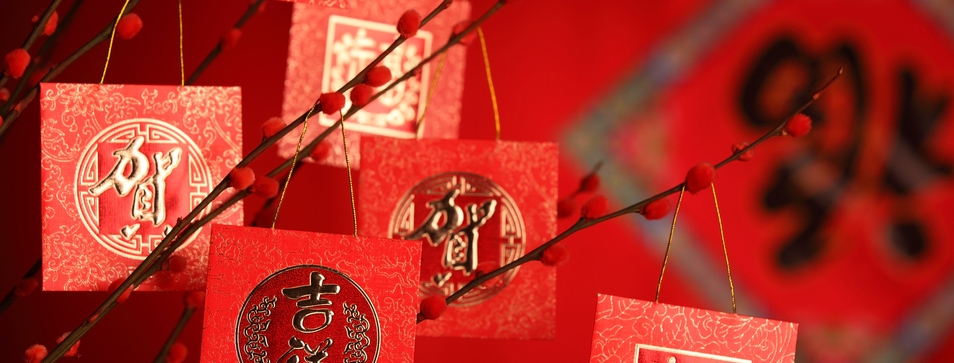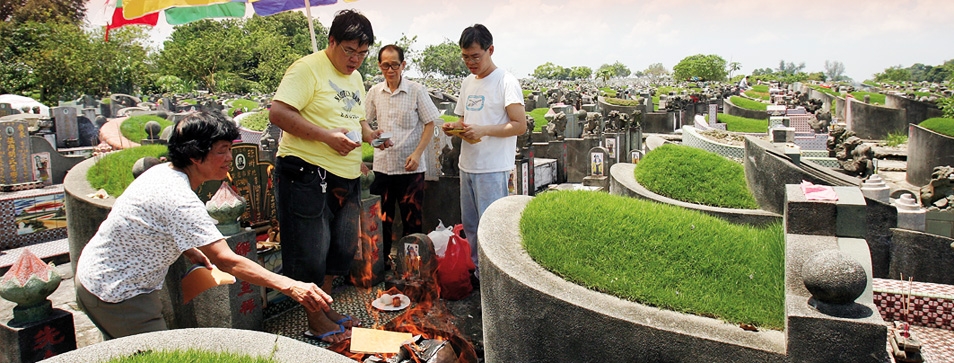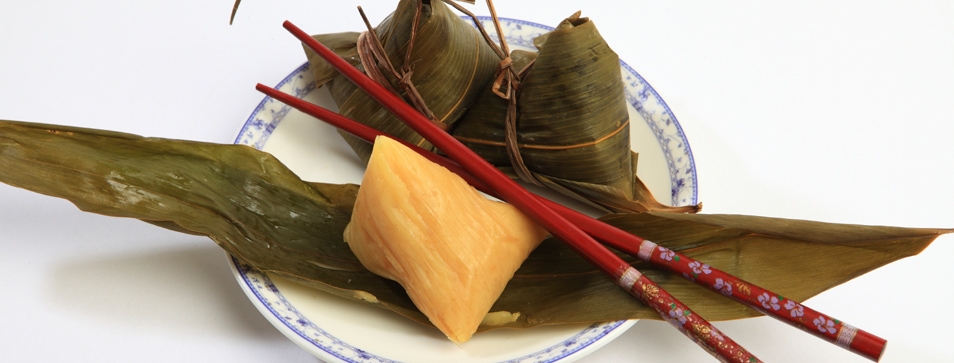Culture
There are many festivals in the Chinese calendar, which are closely related to old myths and legends, and are enriched with colours and diversity. For example, Mid-Autumn Festival began as a harvest festival. The festival was later given a mythological flavor with legends of Chang-E, the beautiful lady in the moon.
What is more important is that Chinese festivals reinforce the concept of the family as the cornerstone of society. Whatever their origins, Chinese festivals are occasions for family gathering and reunions. Whether it is a joyous celebration (such as Spring Festival) or whether it is remembrance of the dead (such as Zhong Yuan Jie), the Chinese festival is a time for family members to share a meal and to venerate their ancestors. And it is precisely this close nexus between family cohesion and Chinese festivals that provides an important reason for the preservation of these traditional festivals.
Chun Jie (Spring Festival, Lunar New Year)
Origin
Besides celebrating the arrival of spring, this Festival celebrates the unity of the family. It is a time for members of the family and friends to get together, to strengthen family ties and enhance interpersonal relationships. It is also a time to remember the less privileged in society. During the New Year celebration, clan associations and community organisations in Singapore give out “hongbaos” (red-packets with cash) to the poorer senior members of the community to show their respect and care.
Preparations to usher in the Chinese New Year begin as early as a week before the start of the first lunar month.
Celebration
Sending off the Kitchen God
On the 24th day of the twelfth month of the lunar calendar, some Chinese conduct a ritual practice of sending the kitchen god off. In folk customs, the kitchen god (zaojun) returns to heaven to make a report of the family he guards to the celestial emperor on this day. Families would prepare a sumptuous feast for the god to ensure that he put in a good word for them to the celestial emperor. Often the offerings would include the sweet brown rice cake (nian gao) for the purpose of “sweetening” the mouth of the kitchen god.
Reunion Dinner on New Year’s Eve
On new year’s eve, all family members get together to enjoy a reunion dinner. The dinner signifies peace and harmony for the family.
Ying Chun Jie Fu (Ushering in the Spring and Receiving Good Fortune)
Traditionally the new zodiac year begins at 11 pm on the eve of the new year. Today, New Year is ushered at midnight. Around this time, some people offer prayers to usher in the spring and receive good fortune. Others prefer to visit a temple to pray for good luck.
New Year Couplets
In the old days the Chinese used to paste the character ufun (good fortune) above the door and a pair of couplets on the doors. In Singapore, “fu” is sometimes pasted upside down to convey the auspicious meaning of the arrival of good fortune (the sound of 到 “dao”, arrival is the same as that of 倒, upside-down). Writing couplets for the New Year is now a popular competition among students.
First Day of Lunar New Year
The first day of the New Year is the most important day. Early in the morning junior members of the family, namely children and grandchildren, offer their elders New Year greetings by saying auspicious words. They receive “hongbao” (red packet) in return. The colour red symbolises good luck and auspiciousness.
On this day, everyone is expected to be gracious and polite, nobody must say things that are inauspicious or quarrel with others. In the more traditional families, black clothes are avoided.
Bainian (New-year Visits)
The practice of “bainian” is observed any day from the first to the 15th day of the month. Usually a pair of Mandarin oranges are presented to signify good luck. When people meet they would greet each other with such auspicious phrases as “gongxi facal (wishes for prosperity) or “xinnian jinbu” (to advance in the new year) or “xinnian ruyi” (to have all your wishes fulfilled in the new year).
Many clan associations and trade associations now organise “tuan bai” (mass New Year greeting parties) whereby members congregate to exchange good wishes for the coming year.
Renri (Birthday of Mankind)
The 7th day of the New Year is known as “renri“, the birthday of mankind. As it is everybody’s birthday, friends and relatives get together to celebrate with a meal. In Singapore the meal would include a fish salad “yu means raw fish but it also rhymes with “abundance of success”. Hence, it is now the practice for Singaporeans to toss the raw fish and vegetables to “lao yusheng” to create an abundance of success. During the meal the diners usually stand up to shout their wishes for good health, prosperity and career advancement in the coming year.
Praying to Tiangong the Celestial Emperor
Praying to the “tiangong” the Celestial Emperor in the late evening of the 8th day or on the 9th day of the New Year is a Hokkien (Fujian) custom. In folklore, “tiangong” is the supreme god whose birthday falls on that day. There are various legends regarding the origin of this festival. According to one story, Japanese pirates used to attack the Eastern coastal area of China during the Ming dynasty, some 400 years ago. Once, just before the New Year some pirates raided the farming villages along the Fujian coast, forcing the villagers to abandon their homes and run inland. Some of them saved their lives by hiding in the sugarcane plantations. To show their gratitude they prayed to “tiangong” for their safe delivery. For this reason, many Hokkien families offer sugarcanes when they pray to the Celestial Emperor on this day.
Yuanxiao Jie
Yuanxiao Jie refers to the 15th and the last day of the New Year and is also known as the Lantern Festival because it used to be celebrated with lantern displays in ancient China. The moon is full and bright on Yuanxiao night, creating the most romantic setting for lovers’ rendezvous in ancient times.
Qingming Jie (All Souls Day)
Visitors to a temple offering prayer to their ancestors during Qingming.
Qingming falls on the 106th day after the Winter Solstice. This is a day to remember and to pray to one’s deceased ancestors. In the old days people would spend the day sweeping the graves of their ancestors, thus giving rise to the phrase “ta qinq” meaning to wander freely on the green. In urban Singapore where cremation is now more common, prayers and offerings are made at the columbarium or temples where the ashes or memorial tablets are kept. Visits to commemorate the deceased ancestors can be made either 10 days before or after Qingming.
Many local Chinese clan associations hold a “Spring Prayer Rite” to enable their members to pay homage to their common ancestors together.
Duanwu Jie (Dumpling Festival)
Duanwu Jie falls on the 5th day of the fifth lunar month.
The festival commemorates the patriotic poet Quyuan who lived in the Warring States Period (475-211BC). The poet committed suicide by leaping into the Miluo River after his state, Chu was annexed by Qin state. The story goes that many people went into the River in their boats in search of his body. They hit gongs and drums to frighten off the fishes and prawns to prevent them from attacking Quyuan’s body. For the same reason they also threw rice dumplings into the river to feed the fish and prawns.
Today, rice dumplings are made specially to commemorate Quyuan. The Festival is also celebrated with dragon boat races.
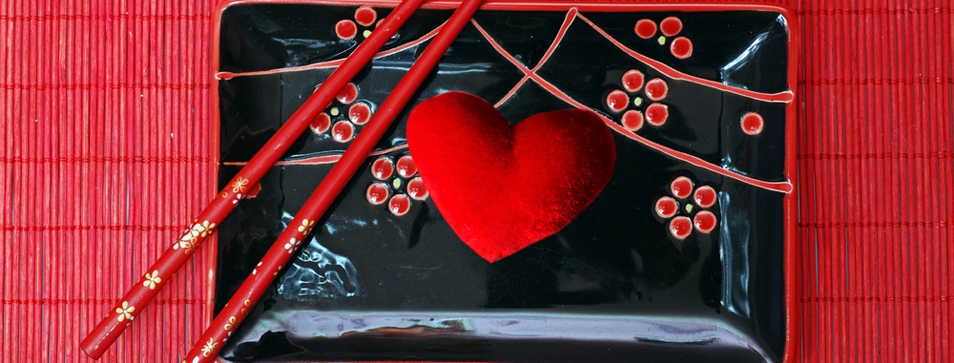
Qiqiao Jie (Chinese Valentine’s Day)
This is a romantic festival which was extensively celebrated by the Cantonese community in Singapore, but is little observed currently.
According to a legend, a cowherd married a celestial maid serving the empress of heaven, who had surreptitiously come to earth as a weaver. The weaver was subsequently summoned back to heaven by the empress. Touched by the love and entreaties of the cowherd, the empress of heaven finally relented and allowed the couple to meet once a year, on the 7th night of the seventh lunar month. The story goes that on this particular night thousands of magpies would soar to the milky-way to create a bridge for the couple. And because the weaver was skilled in weaving, women in the past would offer prayer foods in the open air to pray for skills in the craft.
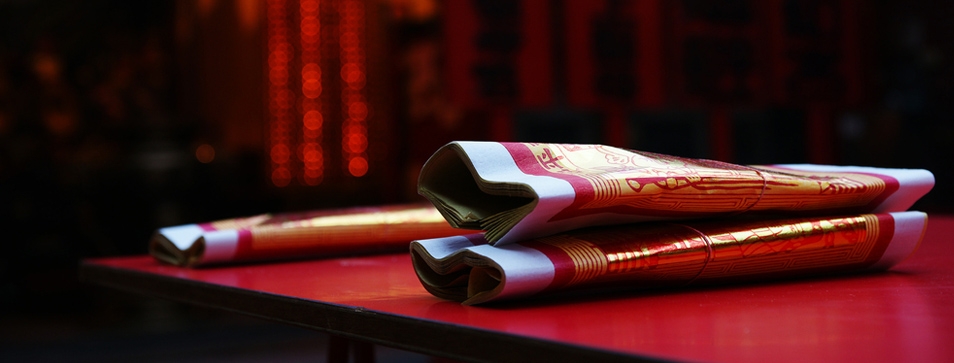
Zhongyuan Jie (Hungry Ghost Festival)
Zhongyuan Jie is popularly referred to in Singapore as the festival of the hungry ghosts.
Taoists believe that the gate of hell is open during the seventh lunar month. Hence many families would make offerings to their dead ancestors on the first and last days of the month. In the early days of Singapore when many immigrants died without having their families around them, there was no one to make offerings or bum joss paper (hell money) to them. So many families started the practice of burning joss paper to these “hungry ghosts” to appease them.
In addition, “zhongyuan pudu” (mass prayers and offerings) are organised by community residents or trade bodies for these wandering souls. Very often the “pudu” would include an opera or “getai” show, a dinner for the members of the area and an auction of “fuwu” (blessed items). Traditionally, the money collected from the auction would be used to help cover the expenses of the “pudu” . However, in more recent times, a part of the money collected has been donated to charitable organisations.
Among the Buddhists, Zhongyuan festival falls on the 15th day of the seventh month. It is also known as the “yulanpeng” festival.
The festival origin is traced to Mulian, a filial son whose dead mother was perpetually starving in hell. Mulian’s mother appeared in his dream to tell him of her plight. The filial Mulian decided to go in search of his mother in the nether world. After much hardships he finally found his mother, but every time he tried to feed her, his food was snatched by the hungry ghosts. Mulian turned to Buddha for help and the latter taught him the “yulanpeng” scripture and directed him to offer fresh fruits and vegetables in a sacred “yufan” bowl every year on the 15th day of the seventh month.
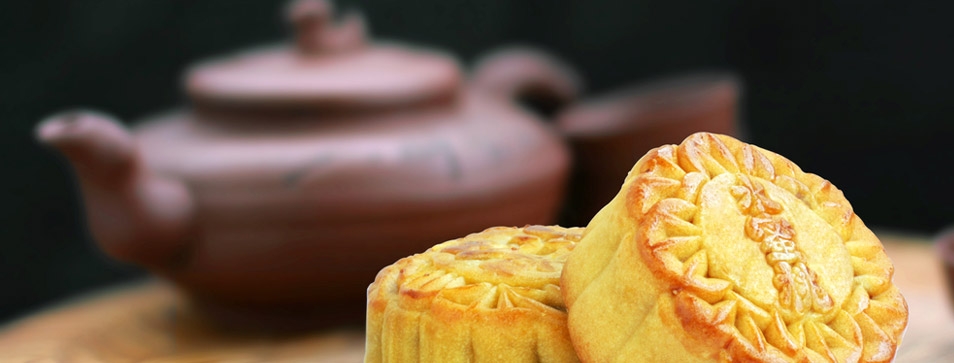
Zhongqiu Jie (Mid-Autumn Festival/Moon Cake Festival)
There is a Chinese saying that a man is high-spirited when good things happen and the moon most luminous on the mid-autumn night. The 15th day in the eighth lunar month falls in the middle of autumn, hence it is also known as mid-autumn (zhongqiu).
The most widely known folklore associated with the festival is the story of “Chang-e Soaring to the Moon”. In ancient times there were 10 suns whose scorching heat nearly burnt to death every grass and tree, causing great famine on earth. A famous archer Houyi shot down nine suns, thereby saving the world. In his later years, however, Houyi became a despot and even sought to prolong his life by creating an elixir of life. To save the people from his tyrannical rule, his wife Chang-E stole and took the elixir. She found herself floating to the moon. Thereafter people started praying to Chang-E on the 15th night of the eighth lunar month.
Apart from enjoying the beautiful moonlight, the Chinese also take mooncakes on mid-autumn night.
It is believed that moon cakes were in existence in the Tang dynasty which dates to more than a thousand years ago. In the 14th century, the eating of mooncakes during Zhongqiu was given a new significance. The story goes that when Zhu Yuan Zhang led a successful revolt against the Mongolian Yuan dynasty, he hid his message to the rebels in the mid-autumn mooncakes. This legend adds a touch of poignancy to the delightful festival.
Singaporeans celebrate this festival by exchanging mooncakes as gifts and organising lantern processions for the young.
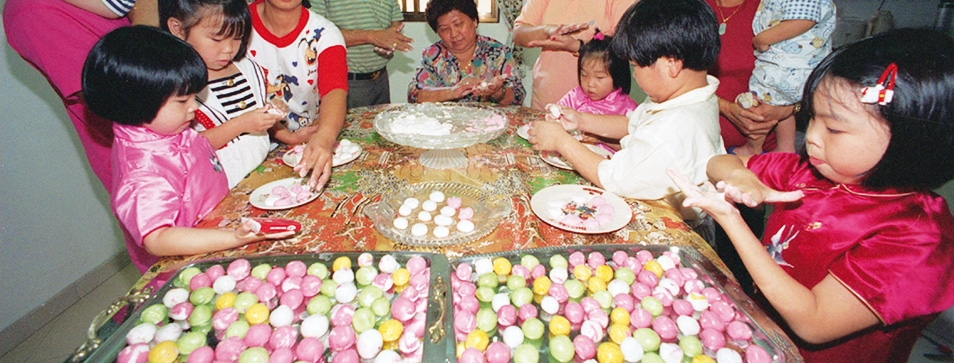
Dongzhi (Winter Solstice)
Dongzhi, the last festival of the year, is a prelude to Spring. Winter Solstice falls between the 21st and 23rd of December, about six weeks ahead of the new year. Dongzhi marks the end of winter and, at one time, it heralded the new year. However, this was subsequently changed to the first day of the first lunar month. Traditionally, families get together to make and eat “tangyuan”, which are little glutinous rice balls, a symbol of family unity and harmony.

